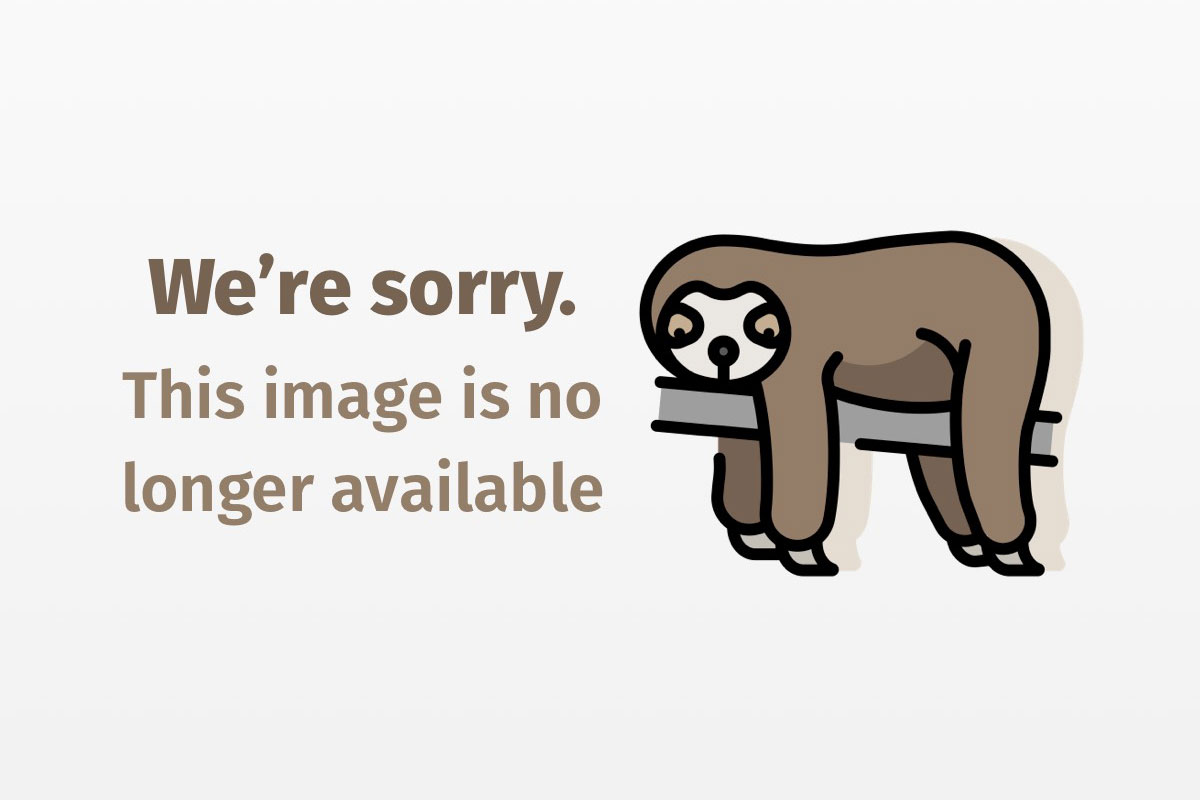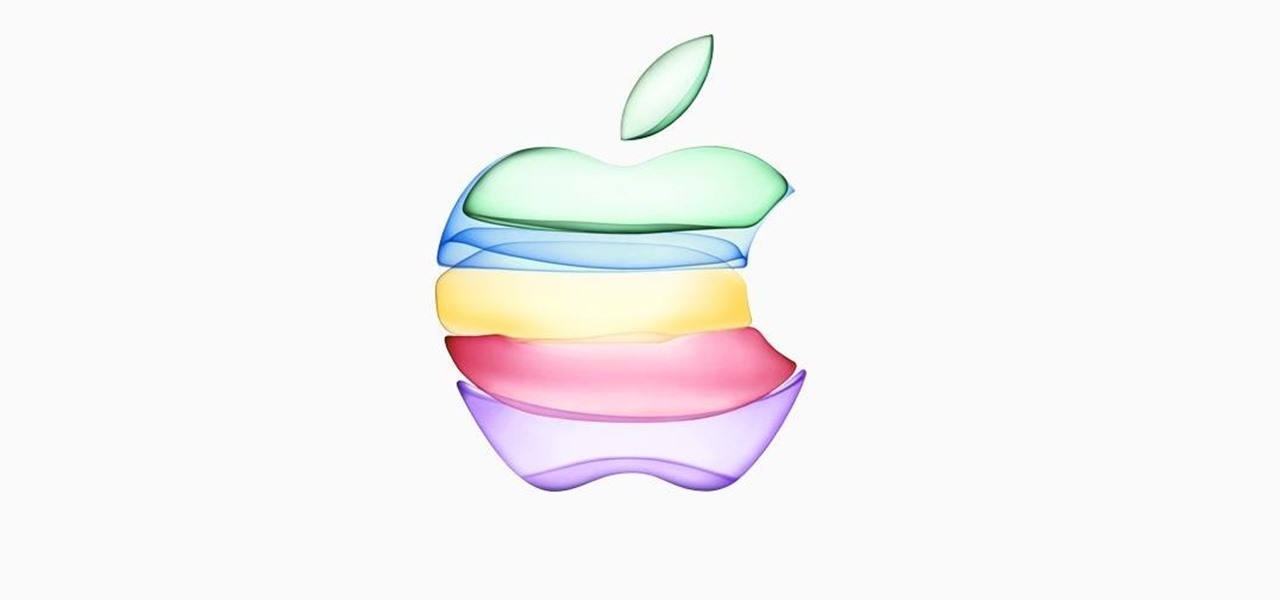
Pat pushes Java forward
<em>JavaWorld</em>’s editors talk to Pat Sueltz, president of Sun’s Software Products and Platforms Division, about Java’s current state — and its future.
After just a few weeks as Sun’s Software Products and Platforms Division president, Pat Sueltz boldly announced that Sun would not submit Java to the European Computer Manufacturers Association (ECMA) standards body.

“The buck stops with me,” she said in December 1999. “I made the decision.”
In order to move Java forward, Sueltz vowed to review and improve the Java Community Process (JCP), rather than work with a standards body. Six months later, just prior to JavaOne, Sueltz kept her promise by naming JCP 2.0’s executive committee members, who will shape Java’s future (see Resources).
In her JavaWorld interview, Sueltz responds to JCP 2.0’s critics, explains how the JCP will improve its review procedure, presents new Java technologies coming out of JavaOne, and reflects on her own career move.
JavaWorld: How has your role developed since you first started at Sun, and what do you see as your major accomplishments?
Sueltz: My role at Sun is to lead all of the software products and platforms from end to end — from the largest servers to the smallest embedded devices — and do that in a way that has unique software value to all developer communities. My job basically is to present one face to the developers.
Major accomplishments that we’ve completed since I arrived here (I guess I just hit the six-month mark) include some new versions of Java: Java on Linux, Java 2 on the Linux Virtual Machine. We’ve put out Solaris 8, which is the uninterruptible power supply of the Internet. We’ve free-sourced Solaris 8, which actually has over 200,000 licensees. Interestingly enough, 75 percent of those have come from the Intel environment and 50 percent are new to Solaris. We’ve also completed the acquisition of Forté, and we continue to drive that forward with a total end-to-end tool solution. We’ve also opened up the JCP.
JavaWorld: What are your goals for the next six months in terms of Java’s direction?
Sueltz: We’re going to drive the Java client forward. You’re going to see, more than ever, the link between Java and XML. You’re going to see more Java tools and more openness to the community. You will see more with Jini in terms of reference implementations. You’re also going to see more with the Java 2 Micro Edition in terms of small-device support, and that will go hand in glove with what we’re doing with Jini. You’re really going to see more in terms of mobile bytecodes, and more with mobile agents with XML. In addition, we’re going to have more developer programs and activities for the entire developer community at large.
JavaWorld: How do you see Java shaping the long-term future of computing?
Sueltz: Java is quite a success story now at five years old. It has shaped the base of a platform that is platform-neutral; thus we have a development environment that works across all platforms. As we move forward, everything will be about mobile bytecodes. In other words, it’s not just about connecting to an application on the Net. Mobile bytecodes will continue to move Java to small client devices and small, embedded devices, with a footprint to match — so that applications can interoperate across the plethora of available devices.
You’ll see a lot more in terms of the service-driven network. This is not just about buying applications and shrink-wrap. It’s about subscribing to applications, to services that are available on the network — not unlike what we’ve seen in the telecommunication space. We are going to see more in terms of buying and selling services, and in terms of inventory services. You name it, you’ll see it as a service on the Net, and it will be something that’s subscribed to in a realtime, always-on environment, from any number of devices.
JavaWorld: JCP 2.0 is under public review right now.
Sueltz: Yes, it is.
JavaWorld: What improvements can we expect?
Sueltz: We’ve shared the evolution of the development of the Java technologies with other members of the international Java community. We’ve made it easier for others — other than Sun, because this is really an industry movement — to initiate and lead development of new Java technologies. This enables the community to participate in the decisions in which the Java specification requests, or JSRs, are approved and in guiding these requests through the process. This will help with the openness of this de facto standard. The JCP will continue to grow us in new environments across the entire industry, including the mobile and the realtime environments, as well as embedded.
JavaWorld: We talked with IBM recently, and they continue to be vocal about their criticism of the JCP and Sun’s control over Java. They, of course, want it to be vendor-neutral and freely accessible. How do you respond to IBM?
Sueltz: The fact of the matter is that the JCP is vendor-neutral and highly accessible. In fact, IBM has been shaping the whole JCP. I think it’s important not to confuse IBM’s fortunes in the server market with what’s going on in software. We continue to work directly with IBM. They have the lead on the expert group. They determine what the specification is. Sun does participate, but we are certainly not the decider in this. Additionally, as we move forward with this Java Community Process, the executive committee will actually determine whether JSRs should go forward. That’s not determined by Sun; it’s determined by the industry leaders who participate on the committee.
We should correct the statements that are out there. The fact remains that IBM, Sun, Oracle, BEA, Novell, Apple, SilverStream, and others have been shaping the industry to make an open process for Java — one, by the way, that has worked for five years now, and continues to work in a very cogent and exciting way.
JavaWorld: Some companies, especially those that have bet their business on Java, are concerned that Sun still will have ultimate control over Java. Is this a legitimate concern?
Sueltz: The fact is that Sun cannot change the specification for Java without an executive committee reviewing and saying, “This is indeed the specification we want to go forward with.” It’s not something where we can take a turn without having all of the participants agree in a majority vote. The JCP is not just Sun-driven. We have distinctly separated what is J2EE, as a product brand of Sun, versus what happens in the overall Java initiative. For example, if developers wanted to use Enterprise JavaBeans and Java Server Pages, they can go ahead and, just by the right of being a licensee in the Java community, put out a release and brand it with their own name. If they choose to use the brand that Sun puts together with J2EE, they can also do that and use the J2EE mark. All that we’ve ever asked for is compatibility to the Java test suites, which we make freely available to the licensees. We have to go back to the promise of Java: “Write once, innovate anywhere.” That’s what we’re clearly promoting, and basically that’s what all of our partners in the JCP think is really valuable. I think it’s interesting to note that IBM has participated in the JCP, but did not want to have a quote in the press. Things are moving well; it’s just that the rhetoric in the press doesn’t indicate this.
JavaWorld: What about concerns that the JCP’s compatibility test suite slows product release cycles?
Sueltz: Here’s the deal. Sun will continue to be steward for the brand, the trademarks, and compatibility test suite — not for control, but for compatibility concerns, so that we can continue to deliver on the promise of “write once, run anywhere.” One of the primary goals of Java technology and the industry is to make sure that we have interoperability across applications. If we don’t, we end up with disparate applications and operating systems, which we’ve seen in the past. We’re not slowing anyone down. Developers have a certain amount of time to catch up and claim compatibility if they’re not completely up to speed on compatibility on day one. I suspect that nothing is getting slowed down, as evidenced by my colleagues at companies like BEA and Oracle.
JavaWorld: Do you feel like you’re in the hot seat in trying to juggle Sun’s for-profit interests with the interests of the Java community at large?
Sueltz: No. I have a value proposition for the other software that is provided as part of the systems that Sun has. I keep the Java advocacy group completely separate from the other teams. While Java engineering is available for all companies to use for help, we supply no more or no less for Sun. I think that we’re actually sitting in the catbird seat in terms of the community, in helping developers and being right there as the needs arise for Java. In terms of the profitability of other products, that comes through what happens on a systems level and through some of our other standalone software products. So I don’t mind paying my fair share for helping the industry move forward in terms of these important de facto standards.
JavaWorld: Any other announcements at JavaOne? Sueltz: You’re going to see more on a developer portal, because Java is really about having a united face for developers that work in cross-platform environments. You’ll see some announcements on XML. You’ll see some announcements on Java 2 Micro Edition. And you’ll also, of course, see the announcement of the Java Community Process committee members.
JavaWorld: What do you mean by a developer portal?
Sueltz: Right now we have www.java.sun.com. What you will see [in the future] is more assistance for developers in programs, in the marketplace, in finding available tools and activities, and in matching their skills with requirements from other industries that need developers with Java and XML skills. You’ll see a far more active program on behalf of application developers. This extended developer portal is to ensure that we’re there for all developers in this cross-platform environment and offering the types of programs and activities that they’ve been asking for.
JavaWorld: XML is a hot topic now. People either love it or hate it. Some see it as a replacement for Java. What do you think about XML?
Sueltz: XML and Java go hand in glove. Java was invented at Sun by James Gosling and Eric Schmidt and company. And the development of XML, while some of it involves technology and some of it involves industry agreements, really was led by Jon Bosak, who is here at Sun Microsystems. The reason that XML and Java go hand in glove is because if you take all of the different operating system environments such as System 390, Solaris (my favorite), other Unixes, AIX, Windows NT, AS/400, the OS/2, plus all the smaller-end, embedded systems, the fact is that Java makes applications portable across all of these systems through the bytecode interpreter. If Java provides the verbs, then XML provides the nouns, because XML provides the interoperable data. Define it once and let it be used across the industries where it’s needed. So Java and XML, not only from Sun’s perspective, but — I would assert to you — from the community’s perspective, go hand in glove.
Is XML a replacement for Java? This question started a couple of years ago when Microsoft started saying that XML would subsume Java. But nouns and verbs need to go together to create a complete sentence, and that’s what Java and XML do. In fact, when you talk to the developers, that’s indeed the way they’re enacting it. Watch the space. There will be more on XML, more on Java, and you will see how they will work together in bringing more lightweight solutions to the embedded devices.
JavaWorld: So six months on the job … are you happy with the decision to take it?
Sueltz: I think I must be taller, thinner, younger, and more moral — tanner, also — having taken it. I am having the time of my life!




